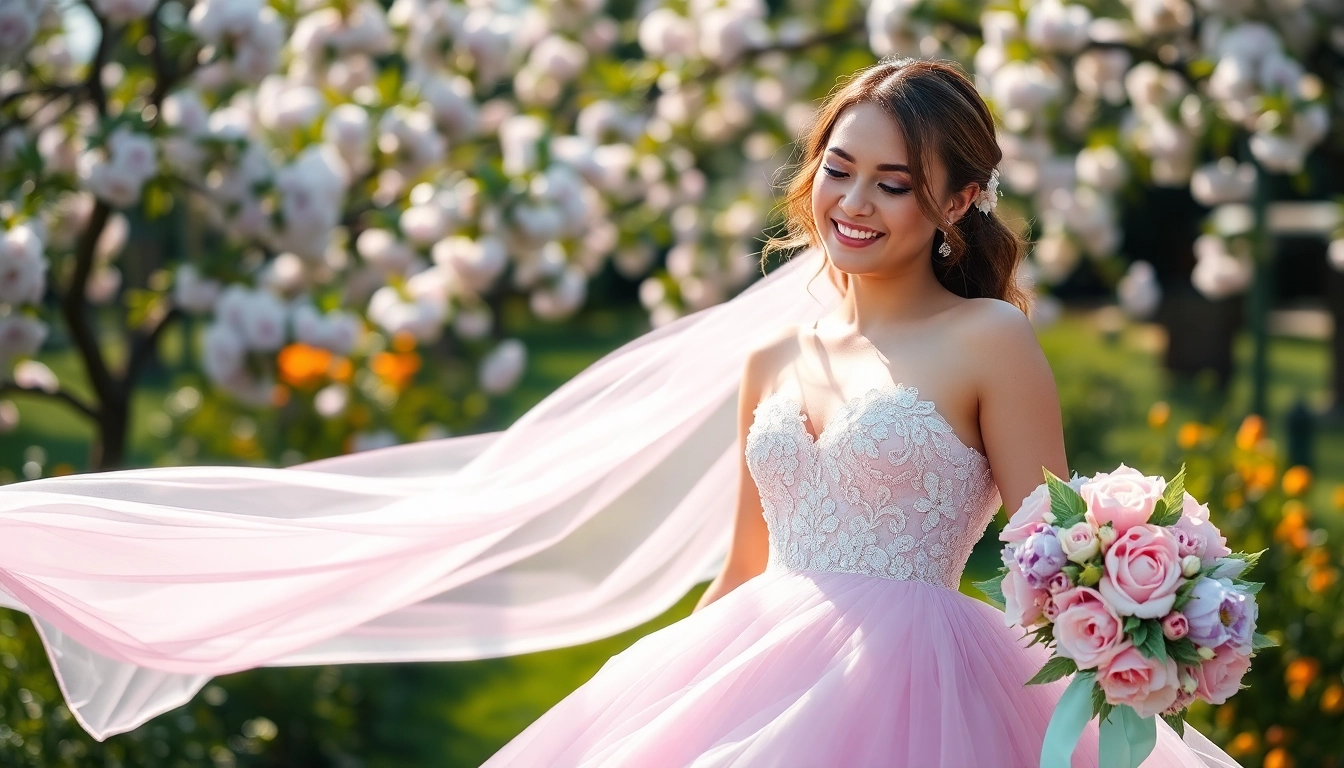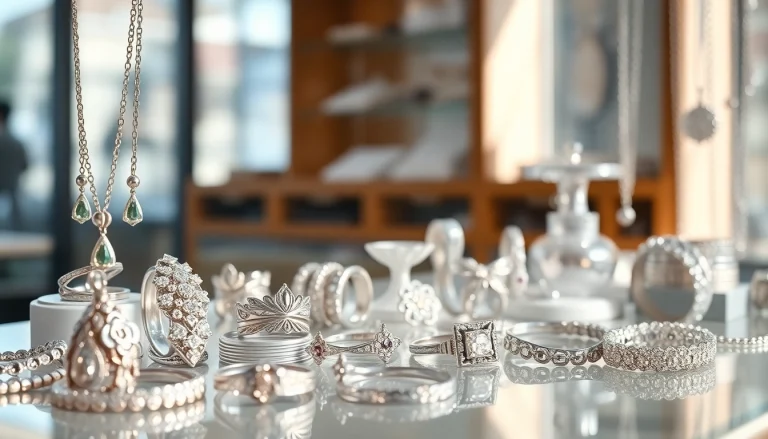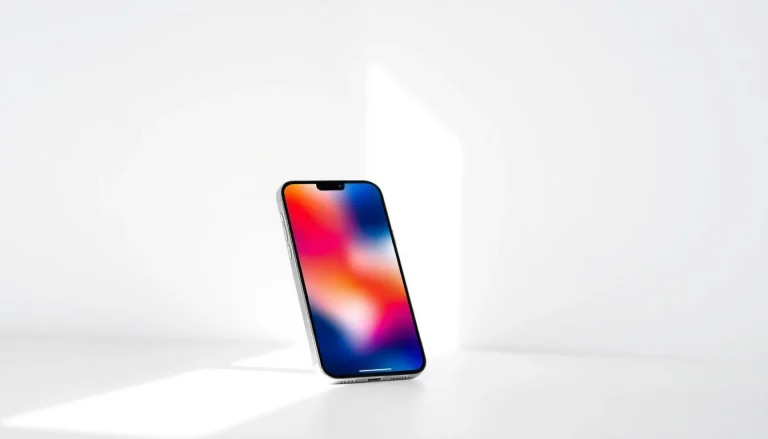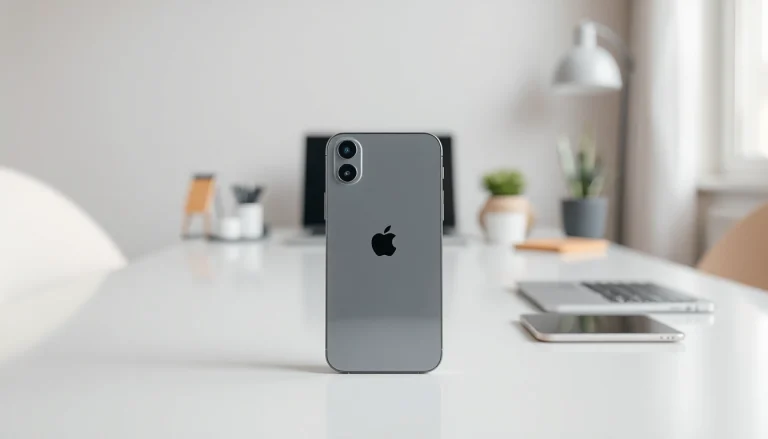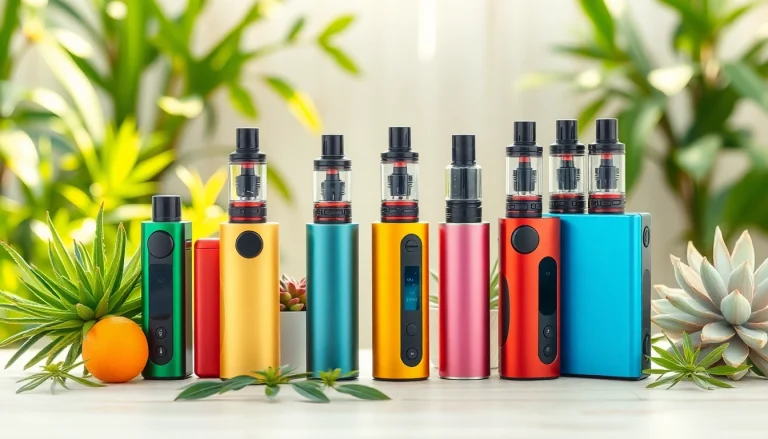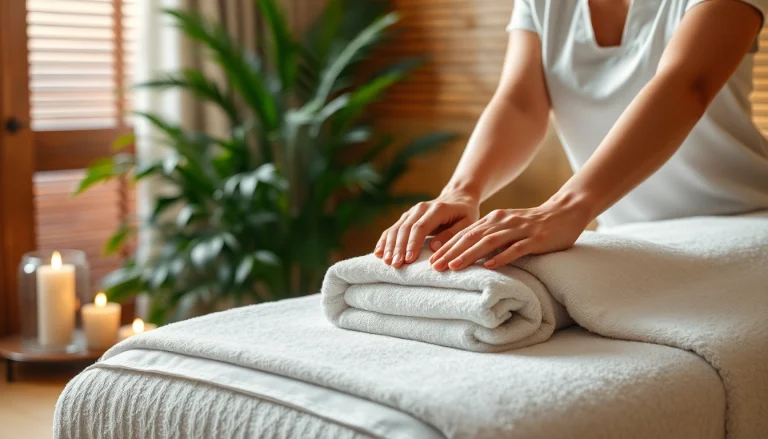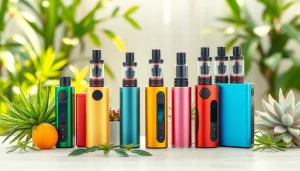The Rise of Coloured Wedding Dresses
1. Historical Context and Modern Trends
In recent years, coloured wedding dresses have emerged as a captivating alternative to the traditional white gown. Traditionally, weddings have been steeped in customs where the white dress symbolized purity and innocence, a trend that dates back to Queen Victoria’s marriage to Prince Albert in 1840. However, as societal norms have evolved, so too have the meanings associated with wedding attire. Today, more brides are embracing colour as a means of expressing their individuality, cultural heritage, and personal style, steering away from the age-old conventions of the classic white dress.
The renewed interest in coloured wedding dresses is influenced by various factors, including a shift towards more personalized weddings, celebrity influence, and the desire for uniqueness. Designers are increasingly offering a variety of shades and styles ranging from pale pastels to bold jewel tones, catering to an ever-growing demand for diversity in bridal fashion. This trend not only allows couples to showcase their curated aesthetic but also channel personal stories through their chosen colours.
2. Famous Fashion Icons and Their Choices
Fashion icons play a significant role in shaping trends, and several high-profile personalities have embraced the coloured wedding dress, influencing countless brides around the globe. Notable examples include actress Olivia Palermo, who wore a chic short, cream and embellished dress with a pastel pink skirt for her intimate nuptials. Another iconic figure is singer Gwen Stefani, who donned a stunning, vibrant pink dress by John Galliano, making a bold statement on her wedding day.
Additionally, famous designers like Vera Wang have incorporated colour into their collections. Wang’s designs often feature striking hues that challenge traditional norms, allowing brides to express their personality in vibrant ways. The choices made by these influential figures not only reflect personal style but also contribute to a broader acceptance of coloured wedding dresses among brides today.
3. Cultural Significance of Wedding Colors
The choice of colour for a wedding dress often transcends mere aesthetic appeal; it also embodies cultural significance and personal meaning. Various cultures attribute distinct meanings to colors. For instance, in many Western traditions, blue represents fidelity, while in Chinese culture, red symbolizes luck and prosperity. Understanding these meanings can be instrumental for brides looking to honor their heritage through their wedding attire.
In some cultures, brides may choose to wear specific colours based on the season, the time of day, or even the type of ceremony being held. The growing trend of multicultural marriages has further fueled the acceptance of coloured wedding dresses, as couples blend traditions and choose shades that resonate with their backgrounds. This cultural connection enriches the wedding experience, making it all the more meaningful.
Choosing the Right Shade for Your Wedding
1. Skin Tone and Colour Compatibility
When selecting a coloured wedding dress, understanding colour theory and how different shades interact with one’s skin tone is essential. Warm undertones typically look stunning in earthy tones such as coral, warm reds, and gold, while cooler undertones tend to shine in jewel tones like sapphire, emerald, and cool pinks. It’s essential for brides to consider their complexion and how the dress will enhance their overall look.
One useful tip is to try dresses in various lighting conditions, as colours can appear vastly different in natural light compared to indoor lighting. Furthermore, seeking the opinions of trusted friends or family can help in making that all-important decision, ensuring that the chosen shade reflects both personal style and enhances one’s beauty.
2. Seasonal Considerations and Color Palettes
Choosing the colour of your wedding dress can also be influenced by the season in which you’re getting married, as each season has its own palette of favoured colours. For instance, spring is often associated with pastel colours such as lavender, blush, and soft mint, capturing the essence of blooming flowers. Summer brides may opt for vibrant shades like tropical turquoise or bold fuchsia, while autumn weddings can lend themselves to deeper shades like burnt orange or burgundy, mirroring the rich hues of falling leaves.
Winter weddings can embrace monochromatic themes or darker palettes, including deep navy or classic red, evoking a sense of warmth and comfort. Additionally, coordinating the colour of the wedding dress with seasonal elements—such as bouquets, table settings, and decorations—can create visual harmony throughout the wedding, making for a cohesive aesthetic.
3. How to Incorporate Coloured Wedding Dresses into Themes
Thematic weddings are increasingly popular, allowing couples to create a unique experience that reflects their personalities. Coloured wedding dresses can serve as a focal point within this context. For instance, a vintage-themed wedding may incorporate an elegant blush-coloured gown paired with classic accessories, while a bohemian theme could call for a flowing, earthy-hued dress adorned with floral details.
Brides can also think about how their coloured dress interacts with other elements of the wedding theme. If the wedding colour palette includes shades that complement the dress, it will feel more integrated. Elements such as floral arrangements, table linens, and even the groom’s attire can all work together to create a cohesive look. Collaborating with a wedding planner or stylist can further assist in bringing this vision to life.
Styles and Fabrics of Coloured Wedding Dresses
1. Popular Styles: A-Line, Ball Gown, and Mermaid
When it comes to coloured wedding dresses, various styles can accommodate different body types and personal preferences. The A-line dress is a popular choice known for its universally flattering silhouette, which gradually flows out from the waist. This style works well with a variety of colours, making it a versatile option for many brides.
Ball gowns, often associated with fairy-tale aesthetics, can be stunning in vibrant shades, allowing brides to make a grand entrance. Meanwhile, the mermaid style hugs the body and flares out at the knees, making it perfect for highlighting curves and showcasing bold colours vividly. Ultimately, the chosen style must align with the bride’s comfort, aesthetic, and the overall wedding theme.
2. Fabrics That Enhance Color: Silk, Tulle, and More
The fabric of a wedding dress plays a crucial role in how its colour is perceived. Luxurious fabrics like silk and satin tend to provide a rich sheen, enhancing the vibrancy of a dress’s colour. This can create an ethereal look, making the bride appear radiant. On the other hand, tulle adds a delicate, dreamy quality and can soften brighter shades, creating a romantic silhouette.
Other popular fabrics include chiffon, known for its lightweight and fluid nature, allowing for lovely draping and movement, and lace, which can add texture and depth to the design. Selecting the right fabric is a balancing act of visual appeal and comfort, ensuring that the bride feels as beautiful as she looks on her special day.
3. Embellishments that Elevate Colour Choices
Embellishments can significantly enhance a coloured wedding dress, adding layers of detail that truly make the gown stand out. Beading, sequins, and lace can bring an element of sparkle to otherwise muted colours, creating an eye-catching effect that adds dimension. For example, a simple green gown adorned with intricate beadwork could elevate the look from ordinary to extraordinary.
Similarly, appliqués can introduce a unique texture and visual interest, often complementing the base colour of the dress. When combining embellishments, it’s essential to strike a balance; too many intricate details can overwhelm the colour, while the right touch can enhance and highlight it beautifully.
Accessorizing Your Coloured Wedding Dress
1. Footwear: Matching or Contrasting Colors
The right footwear can elevate a bride’s look, especially when wearing a coloured wedding dress. Bride’s often face the decision of whether to match their shoes to the dress or make a bold statement with contrasting colours. Strappy sandals in metallic hues can pair elegantly with deeper tones, offering a modern touch and drawing the eye.
If a bride chooses to go with a matching colour, it’s important for the shades to perfectly align, enhancing the overall elegance of the look. Experimenting with styles such as wedges, heels, or even embellished flats can add comfort without compromising on style—ensuring that the bride can dance the night away.
2. Jewelry Choices: Subtle or Statement Pieces?
Jewelry is the finishing touch that can tie an entire wedding look together. With a coloured wedding dress, brides have the liberty to opt for subtle or statement pieces depending on their personal style. If the gown features intricate design or bold colours, simpler jewelry such as stud earrings or a delicate bracelet may be the best way to maintain harmony and not detract from the dress.
Conversely, a more understated gown could be enhanced with statement pieces, such as bold necklaces or oversized earrings, providing a contrasting visual element. When selecting jewelry, it’s beneficial to consider the neckline and overall style of the dress, ensuring that every piece contributes to the bridal look without overpowering it.
3. Veils and Hairpieces for Colored Dresses
Completing the bridal look involves selecting veils and hairpieces that complement the coloured wedding dress. Brides often choose veils in classic white or ivory to create contrast, allowing the colour of the dress to stand out. Alternatively, veils in complementary shades can elevate the overall aesthetic and create cohesion.
Hairpieces such as floral crowns, combs, or headbands can further enhance the bride’s overall look. These accessories can incorporate elements of the wedding colour palette, tieing back to both the dress and the overall wedding theme. Choosing the right blend of these elements allows brides to personalize their looks while keeping with the overall vision for their special day.
Real Weddings and Inspiration
1. Stunning Real-Life Examples of Coloured Wedding Dresses
Real weddings provide a wealth of inspiration for couples considering coloured wedding dresses. One memorable example is a couple who held their ceremony in a rustic barn, where the bride wore a breathtaking deep navy gown. This choice complemented the earthy tones of the wedding location and incorporated decor elements like soft fairy lights and wooden accents.
Another inspiring example is a seaside wedding where the bride opted for a light coral dress that perfectly matched the beach’s ambiance. This choice not only highlighted the bride’s carefree spirit but also created beautiful contrast against the backdrop of blue waves—demonstrating how coloured dresses can create stunning visual narratives.
2. Creating Your Unique Wedding Aesthetic
For couples wanting to make their weddings uniquely theirs, incorporating colours that resonate personally can create an unforgettable aesthetic. Utilizing items like family heirlooms, unique color choices that have personal significance, or even incorporating the couple’s favourite colours can contribute to a narrative that is truly individualistic.
The trends of customized wedding aesthetics encourage creativity, allowing couples to blend various styles, colours, and traditions to curate a wedding experience that tells their love story. Consulting professionals, or utilizing platforms like Pinterest for visual inspiration can guide couples in refining their ideas and bringing them to fruition.
3. How to Share Your Story and Inspire Others
Brides who have embraced vibrant colours in their weddings often seek to share their journey to inspire others. Creating a beautiful photo album or a blog featuring stories behind the dress choices, decor decisions, and planning processes can help prospective brides feel more confident about breaking from tradition.
Social media platforms serve as an excellent avenue for sharing wedding experiences. By tagging vendors, using relevant hashtags, and sharing high-quality images, couples can not only document their special day, but they can also participate in a broader community dedicated to celebrating diversity in wedding attire.
